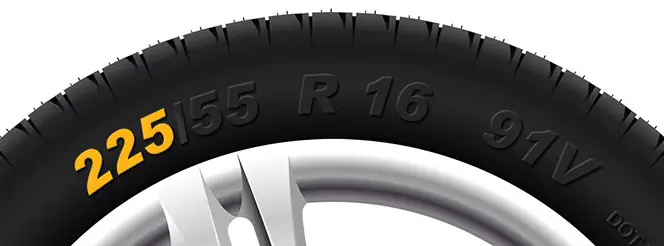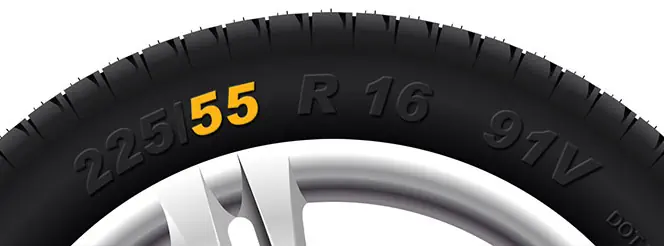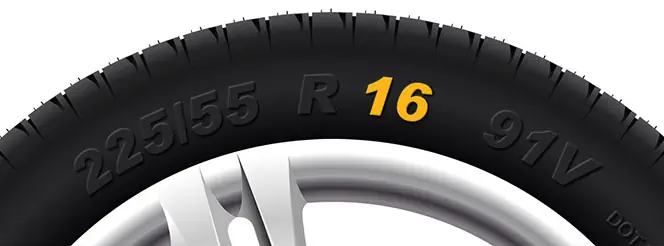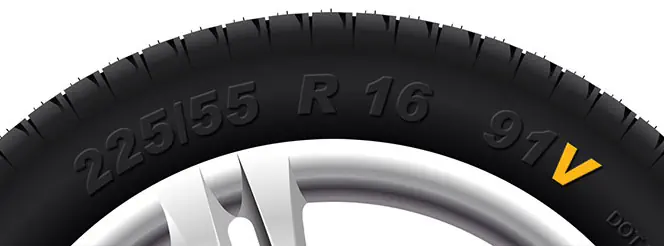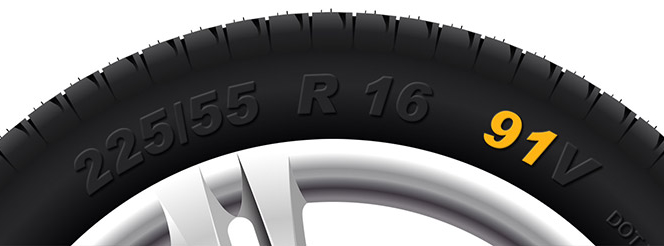Are All Electric Cars Automatic?
Jack Dreyer | Monday 5th December 2022 8:00am
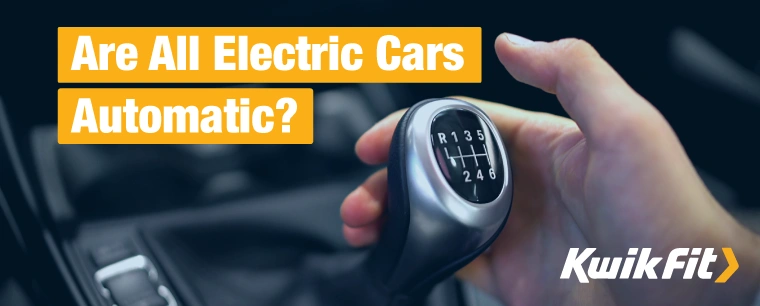
The popularity of electric cars increases day by day. In fact, the EU recently voted to ban sales of new combustion engine vehicles by 2035 – so the driving world is going electric quickly. But, with a 120-year history (since the Model T), the mechanics of combustion engine vehicles have become so familiar that an alternative seems alien. Even drivers of automatic vehicles, for example, are used to the feeling of gears changing – so what’s in store for the great change to electric cars?
The short answer to this is: Yes, pretty much all electric cars are automatic – but not in the way you’d expect: the reason why is quite interesting.
What are car gearboxes for?
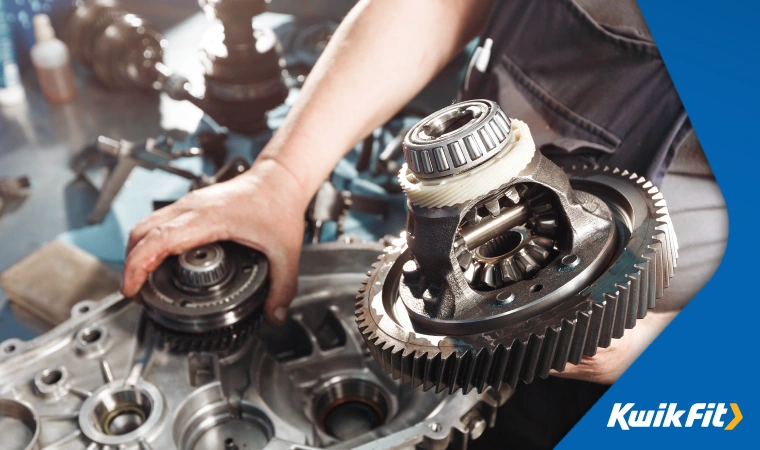
Combustion engines need to be paired with gearboxes in order to convert the rotational energy of the engine into useful power (torque). This is because gears work in fancy ways to reduce or increase the power that comes out of the engine in a way that is suitable for the current momentum of the vehicle.
First gear, for example, uses a large rotation, which means that the rotational speed is much lower, which in turn means that more of the power of the engine is transferred to the car’s axles. Think about this like trying to turn a huge steering wheel yourself – it’s harder work but puts more of your physical strength into the turning.
A really small steering wheel can be turned more quickly, but you’d struggle to turn it while stationary – it’s why cars without power steering all had gigantic steering wheels!
This difference in power supply is necessary for an engine to be able to efficiently get a car going from a stationary position (like at a junction) – and the higher gears serve to keep the car going in a fuel efficient way at higher speeds. What’s more, by virtue of being a mechanical component with many moving parts, an engine’s power output varies naturally at different speeds due to the physical limitations of metal rubbing against metal.
The gearbox, then, serves to make the most of an engine’s power. Whether you manually change the gears while driving or the automatic transmission does it for you doesn’t really matter – the gearbox is necessary for the combustion engine vehicle to work properly.
Do electric vehicles need a gearbox?
So why the long preamble? Well, the difference between a combustion engine and an electric motor are almost complete opposites. In an electric motor (especially the modern brushless ones), almost nothing touches in order to create the rotational force. This means that the entire torque potential of the electric motor is available at any point.
We go into how an electric motor works in our blog on regenerative braking, but the short of it is that you’re not relying on the rotational speed of the crankshaft to get a car going. Instead, the electric motor will spin as fast as it is supplied with available energy from the car’s battery bank.
Now, an electric car clearly doesn’t go to supercar speeds in a blink of an eye because it’s also bogged down with weight, slowed by aerodynamic drag, and must fight against tyre friction with the road. But it doesn’t necessarily need gears to accelerate at a smooth rate.
Some cars still mimic gears
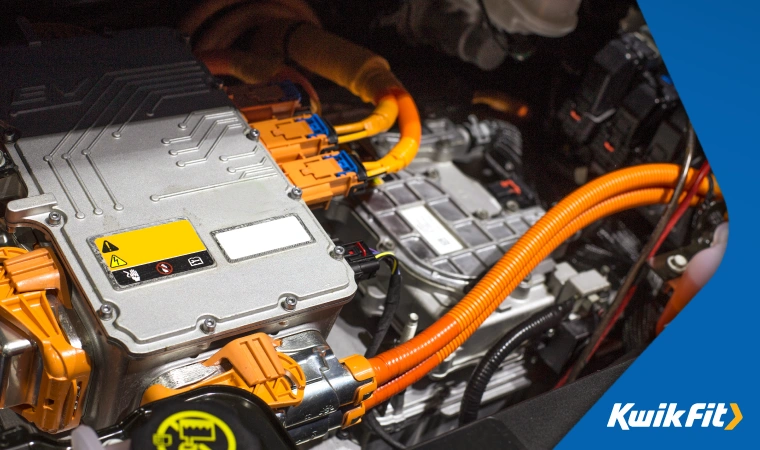
Surprisingly, and probably to put drivers at ease while giving them more tactile feedback during driving, some electric vehicles are being designed to mimic the feel of changing gears. This isn’t at all necessary from a technical perspective but definitely shows the unexpected level of subconscious interaction we have with our cars while driving.
All this is to say that, yes, almost all electric cars (other than some odd outliers) are automatic in the sense that you don’t have to think about changing gears, other than the usual Drive, Reverse, Park settings. But they’re technically not ‘automatic’ because there isn’t a computer that has to think about changing gears!
Need your car looked at?
If you need an expert to look at your car, you can trust the technicians at your local Kwik Fit centre to keep everything in shape.
Any facts, figures and prices shown in our blog articles are correct at time of publication.
Featured Articles
Is it Illegal to Drive With One Headlight?
Saturday 19th July 2025
Wondering if it’s illegal to drive with one headlight? Learn about the safety risks and penalties of illegal blown bulbs and why you should fix them promptly.
Air Con in EVs & Hybrids: Experts Answer Your Questions
Monday 30th June 2025
Does air con drain EV batteries? Can you use the air con while charging an electric car? Find out the answers to these questions & more from Kwik Fit’s experts.
Why Is Your Car Making a Noise? Fixes & Tips
Friday 13th June 2025
When your car starts making unexpected noises, it can certainly be quite disconcerting; it may be nothing to worry about, but here’s what you need to know.





